Resignation Letter To Whom It May Concern Template
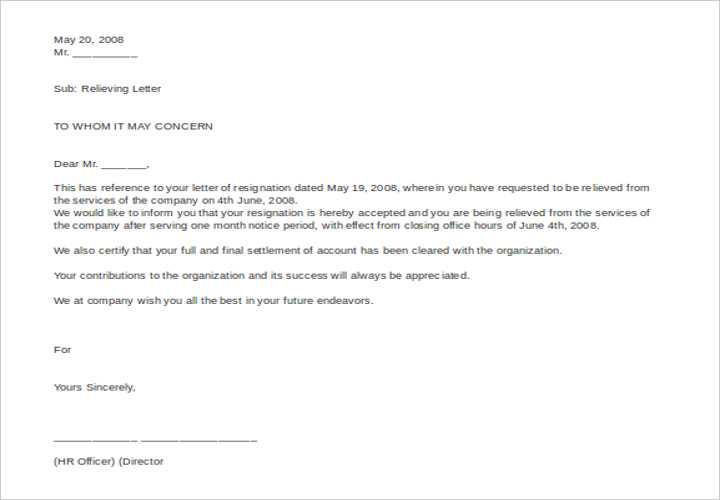
When deciding to leave a position, it’s essential to communicate your intentions clearly and professionally. This document serves as a formal notice that helps outline your departure while maintaining respect for your current employer. Whether leaving for a new opportunity or personal reasons, crafting a thoughtful notification ensures a smooth transition and leaves a positive impression.
Key Elements of an Effective Departure Notice
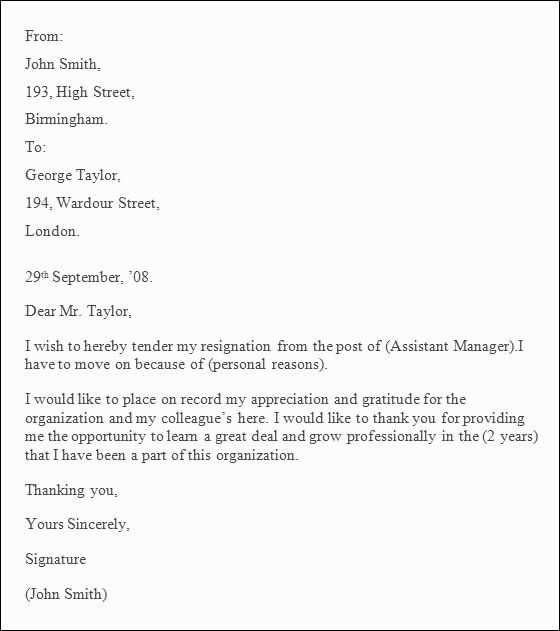
To create a professional exit message, several core components must be included to ensure clarity and respect. The structure should be direct yet polite, providing enough detail without over-explaining. These are the crucial elements:
- Introduction: State your purpose succinctly and clearly.
- Reason for Departure: Briefly mention why you’re leaving, without going into excessive detail.
- Gratitude: Express appreciation for the opportunity and experiences gained.
- Notice Period: Confirm the notice period you will adhere to before leaving.
- Contact Information: Offer a way to stay in touch post-departure if needed.
When to Use This Type of Communication
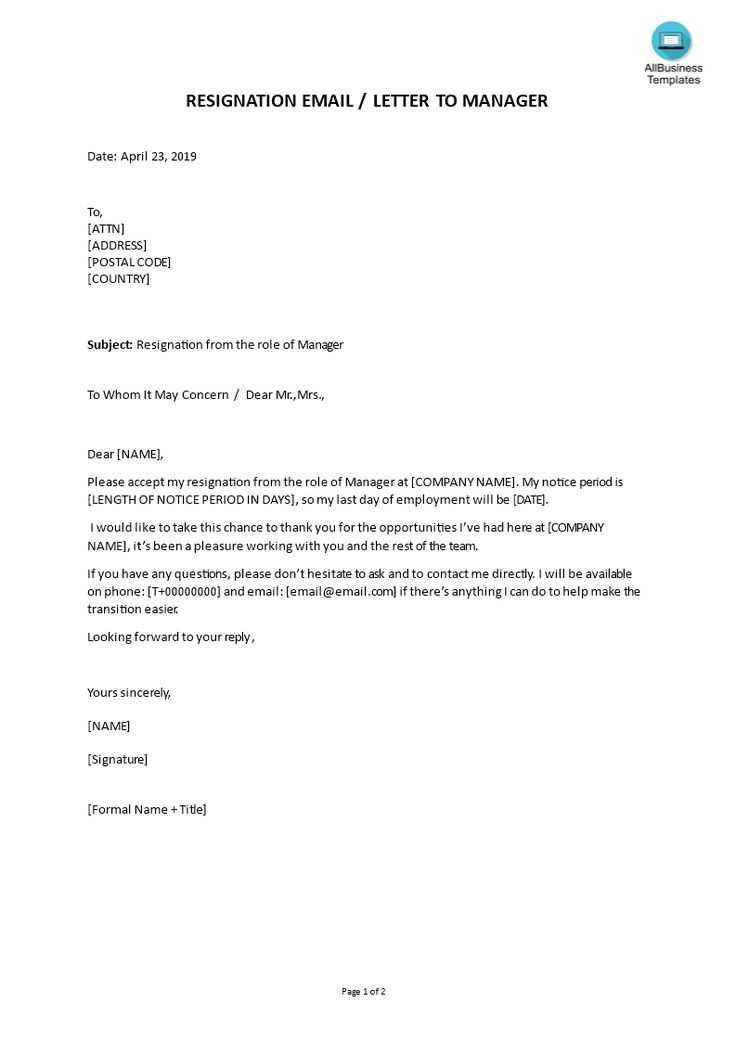
Using this format is recommended in various situations, particularly when the recipient is someone you don’t interact with daily, such as a manager, HR representative, or other senior staff members. It ensures that your departure is formally documented and that all necessary parties are informed, without the need for a face-to-face meeting.
How to Personalize Your Notification
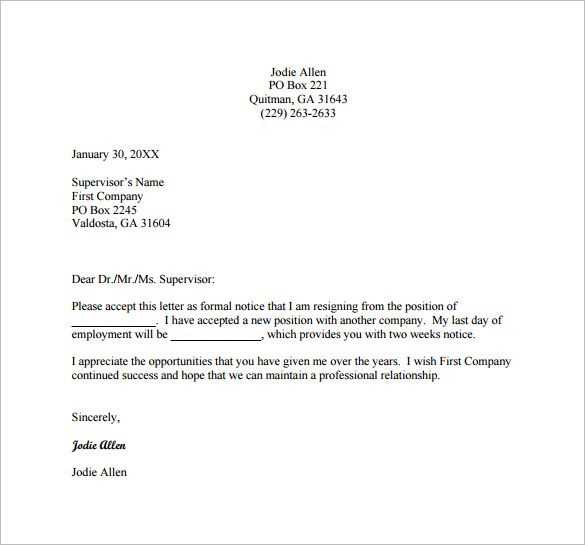
Even though templates provide a basic framework, it’s important to personalize the message to reflect your experience. Add a few lines that acknowledge the company culture, specific projects, or team achievements that you valued during your time. This small personal touch shows respect for your time spent and leaves a lasting positive impression.
Common Mistakes to Avoid
While drafting your formal departure message, avoid the following pitfalls:
- Being overly negative: Even if your experience wasn’t ideal, maintain professionalism in your tone.
- Not providing enough notice: Adhere to company policies and give ample time for your employer to adjust.
- Leaving out critical details: Ensure all necessary points are covered, such as the end date and gratitude for the role.
Creating a respectful and thoughtful departure notice is an important part of leaving a job. By following these steps, you ensure that your exit is smooth and professional, leaving the door open for future opportunities or collaboration.
Formal Exit Notification Example
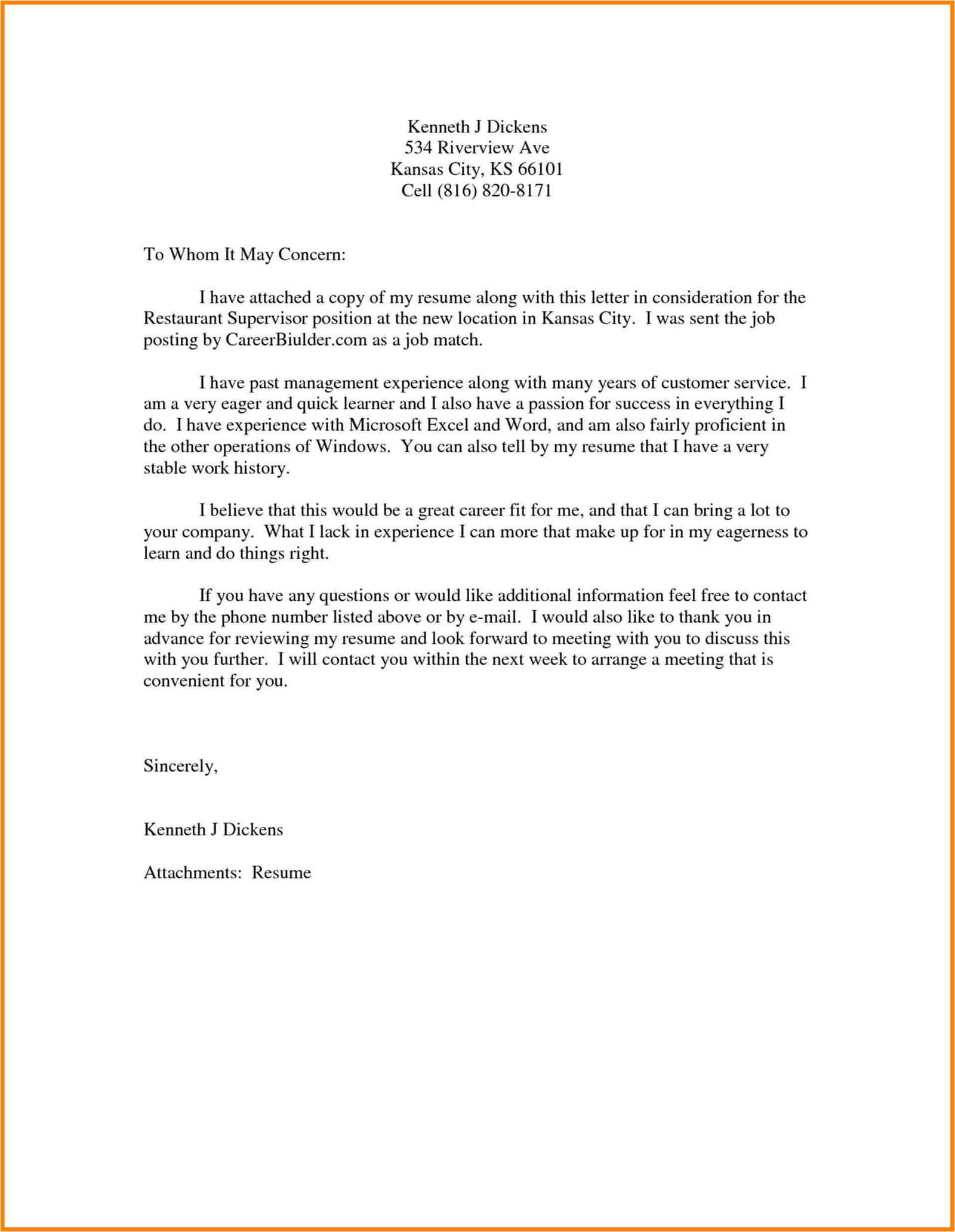
Leaving a position is a significant step, and conveying this decision in a professional manner is essential for maintaining a positive relationship with your employer. This communication not only informs your employer of your decision but also sets the tone for your departure, ensuring a smooth transition. A well-crafted exit notice is a reflection of your professionalism and can help preserve future opportunities.
Understanding the core elements of a formal exit notification is vital for clarity. By structuring your message effectively, you ensure that all key points are covered without unnecessary details. This type of communication should be clear, concise, and respectful of the time you’ve spent with the organization.
To create an impactful exit notification, it’s important to address the recipient appropriately. In cases where the exact person isn’t known, a general address is appropriate, but in situations where a direct manager or HR representative is the recipient, the format should be more personalized. How you address the message helps set the tone and level of formality.
Using a structured format for formal communications can be beneficial, especially when you need to convey your departure in a professional manner. While it’s important to keep the message clear, it also helps ensure that you include all necessary details, such as your notice period and the reason for your departure. A structured framework can guide you through crafting a message that covers everything without feeling rushed or incomplete.
One of the most common pitfalls in exit communications is the failure to maintain a professional tone, particularly when there are negative emotions involved. Whether the decision to leave was due to personal reasons or dissatisfaction with the position, it’s crucial to remain respectful. Avoid venting frustrations or providing overly negative feedback. Focus on the positive aspects of your experience and leave on good terms.
Customizing your message is key to making it feel genuine. While templates can serve as a guide, adding personal details about the company or team can leave a lasting impression. Whether it’s mentioning a specific project or expressing gratitude for the opportunities provided, tailoring your communication shows that you value the time spent in the role and the connections you made.